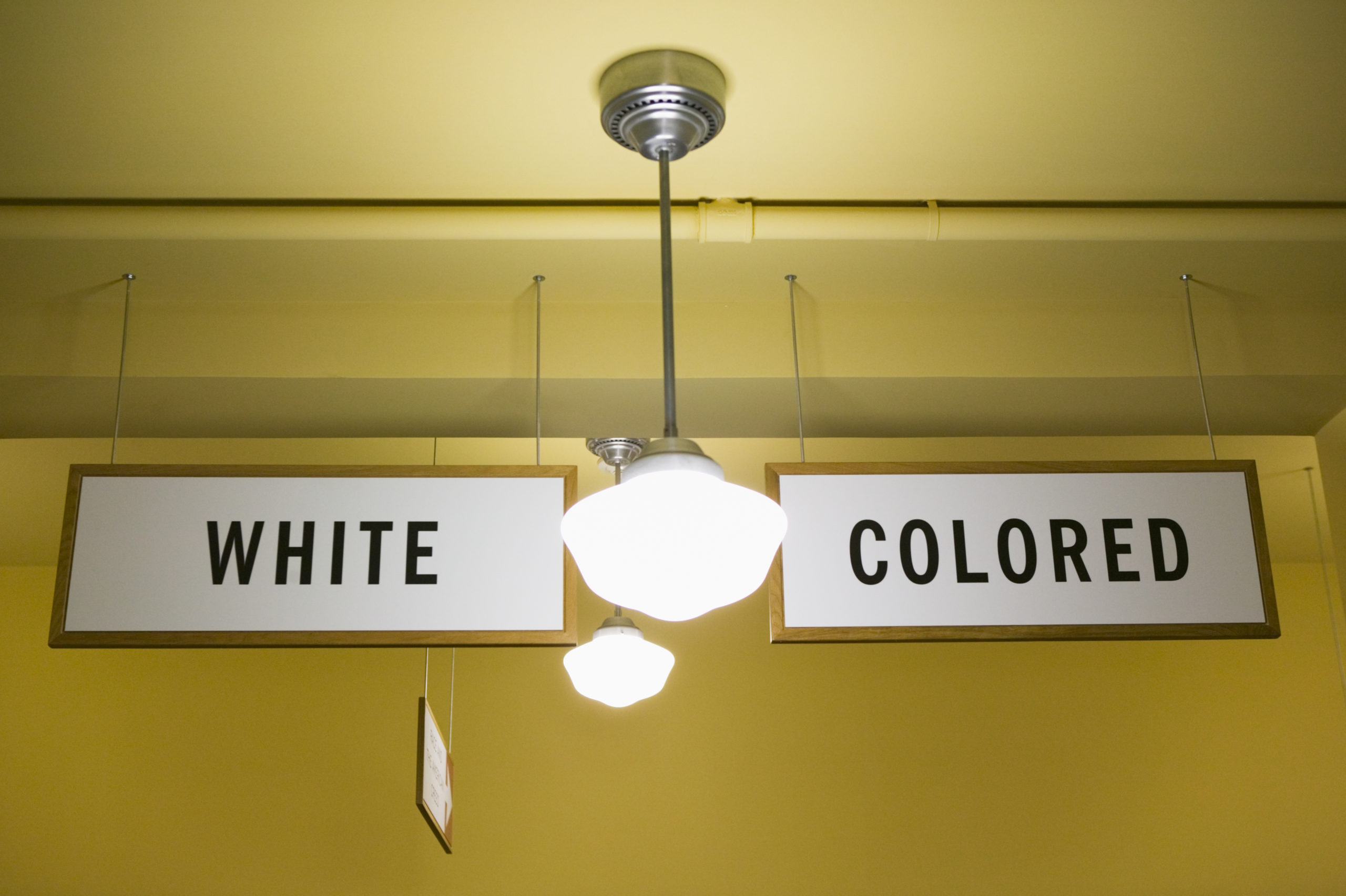The academy of broken brains.
The Black (Student) Body

On the perils of racial self-segregation.
This is a response to an excerpt from A Dubious Expediency: How Race Preferences Damage Higher Education, edited by Gail Heriot & Maimon Schwarzschild.
As Peter Wood observes, the notion of academic and cultural “inclusion” was presented as a response to performance disparities between blacks and whites in the 1980s. It has, however, morphed into codified cultural essentialism. “Inclusion” now means assuming a monolithic view of black culture, and judging black students by black standards only.
In accepting the idea that “blacks” as a whole have a distinct and separate culture which must be protected from the incursions of mainstream American values, universities effectively declared that blacks must separate themselves from the prevailing mainstream culture in order to escape racism. What has followed is a distinct pattern of racial self-segregation across America in pedigree universities and even smaller liberal arts colleges.
This neo-segregation has only become more institutionalized since the ’80s. This year, New York University opened negotiations with students to create black resident floors on campus. A group called “Black Violets NYU” has complained that the overwhelming presence of white students makes it difficult for black students “to connect.” Black Violets therefore wants a “themed engagement floor” for black students, as well as more black professors in NYU’s politics department and a black student lounge on campus.
In June of last year, students at Rice University demanded that the University fund a “non-residential Black House” on campus. They also wanted a statue of the university’s founder removed. Other demands included that new black students be able to request and receive black roommates, and that course descriptions have tags indicating which race and ethnic groups are involved in the course material.
Many of these demands are clearly and openly at odds with federal civil rights laws, which ostensibly forbid preferential treatment according to race. That is the letter of the law. But in practice, university extremists make clear that the civil rights regime can happily countenance discrimination as long as it is against whites. This is an exercise in racist reactionary politics.
No student at any elite university in this country, be he or she black, queer, or whatever, is marginalized. But for a black student with a degree from an elite university, practically no door is closed. Black students are preferentially recruited by major firms, pampered with exclusive scholarships, and generally treated like a preferred class. “Inclusion” means not just segregating black students, but favoring them as a privileged caste.
This tribal separatist logic is underwritten by manufactured reports of “trauma” and “microaggression.” But actually racial activists today are living in a post-oppressive age, one that treats them as full-fledged human beings—and they can’t stand it. A deep existential crisis, and a chronic sense of anxiety, afflict them in such a world because…well, it is drama-free. It’s just ordinary. And though they are feted and treated like royalty on these elite campuses, what they truly want is a situation in which they can command power and, perversely, institutionalize their own anti-white racism.
These students, their administrative appeasers, and their professors have consciously weaponized blackness and white guilt as means of silencing criticism. They wish to harken back to some imaginary, homogenized Nubian culture that can now revolutionize thought in our institutions of higher learning. Protecting “the black body” means decolonizing syllabi and ridding them of all European white thinkers, declaring grammar, logic, and even math as racist. The very faculty that distinguishes us from every other creature and makes Man a human being—reason—is being called into question as a social construct meant to erase the identities of marginalized people.
This weaponized black body foists itself upon the world as a moral axiom from which all subsequent “truth claims” may be regarded as self-evidently true.
This is the real racialized identity politics behind the students’ demands: the black body as an argument. Unfortunately, there is nothing special about the black body. There is nothing special about any physical, racialized body, per se. Black skin does not convey the validity of an argument or a truth claim. It cannot justify a “themed engagement floor,” because skin color does not represent a moral theme—or any theme, for that matter. Neither does white skin or yellow skin.
Your body is not special because of its race: it is special because of its conjunction with a mind that can adapt nature to its needs, desires, and rational aspirations, its self-actualization and manifested agency. By failing to teach these students that foundational fact, these universities have done their charges a terrible disservice. The business world may be willing to continue the fantasy out of fear of reprisal from the civil rights regime. But reality does not bend to anyone’s will, and if we persist in our new totemic racial religion, our students—and our country—will be in for a nasty shock.
The American Mind presents a range of perspectives. Views are writers’ own and do not necessarily represent those of The Claremont Institute.
The American Mind is a publication of the Claremont Institute, a non-profit 501(c)(3) organization, dedicated to restoring the principles of the American Founding to their rightful, preeminent authority in our national life. Interested in supporting our work? Gifts to the Claremont Institute are tax-deductible.
DEI and the religion of the favored caste.
The only “good amount” of race discrimination is none.
The diversity imperative has had a double character from the start.




